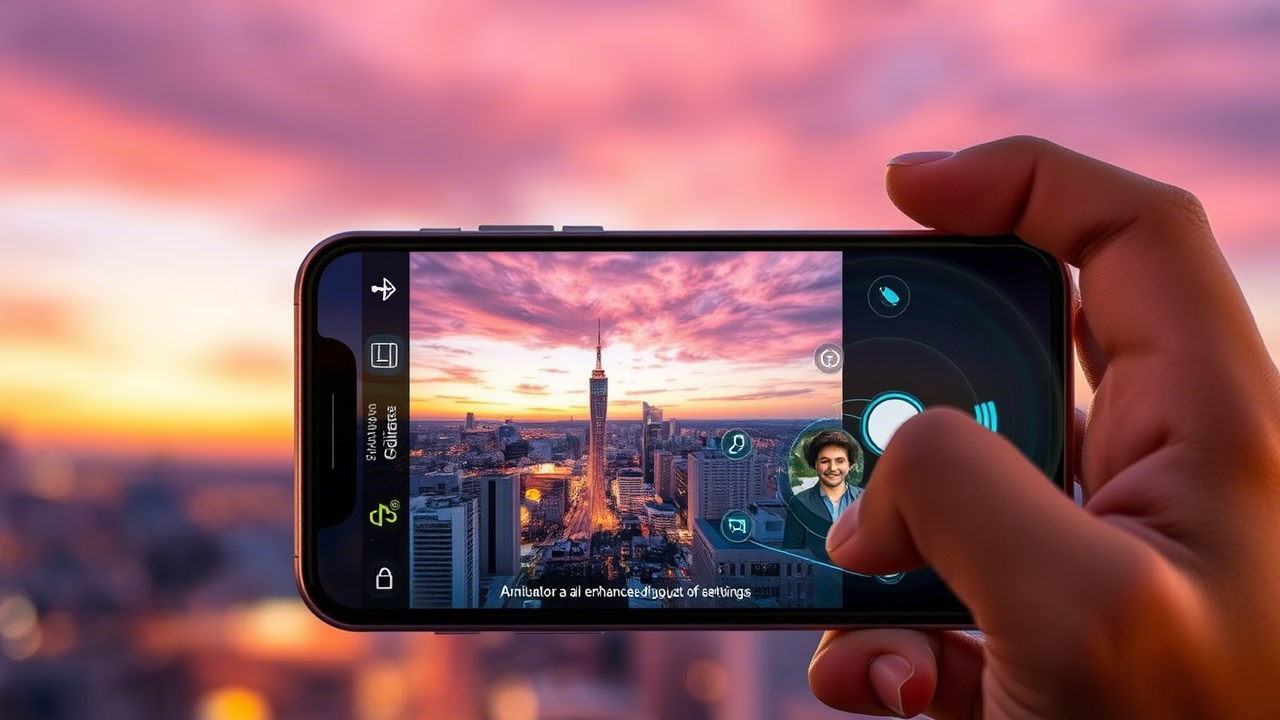
AI Camera Features Explained: A Simple Guide
AI Camera Features Explained: A Simple Guide
In recent years, AI-powered cameras have become increasingly common in smartphones, security systems, and even professional photography equipment. These features promise smarter, more intuitive ways to capture moments—but how do they actually work?
If you’ve ever wondered what terms like scene detection, portrait mode, or night mode really mean, this guide will break them down in a simple, easy-to-understand way.

1. Scene Detection & Optimization
Many modern cameras use AI to recognize what you’re photographing—whether it’s a landscape, food, a pet, or a person. Once the camera identifies the scene, it automatically adjusts settings like brightness, contrast, and saturation to enhance the image.
- How it helps: No more manually tweaking settings—the camera does the thinking for you.
2. Portrait Mode (Bokeh Effect)
Portrait mode creates that soft, blurred background (known as bokeh) that makes subjects stand out. AI detects the subject (usually a person) and separates them from the background, applying a depth effect.
- How it helps: Achieves professional-looking photos without needing a high-end DSLR.
3. Night Mode
Low-light photography used to be a challenge, but AI-powered night mode changes that. By taking multiple exposures and intelligently merging them, the camera reduces noise and brightens shadows while keeping highlights in check.
- How it helps: Lets you capture clear, detailed photos even in dim lighting.
4. Face & Eye Tracking
AI can detect faces and even focus specifically on the eyes for sharper portraits. Some cameras also offer features like smile detection or blink warnings.
- How it helps: Ensures your subjects are always in focus, perfect for group shots or moving subjects.
5. AI-Powered Zoom (Super Resolution)
Instead of just cropping in, some cameras use AI to reconstruct details when zooming digitally. This helps maintain clarity even at higher magnifications.
- How it helps: Reduces the grainy, pixelated look in zoomed-in photos.
6. Motion & Action Tracking
For fast-moving subjects—like pets, kids, or sports—AI can predict movement and adjust focus accordingly. Some cameras even offer automatic burst shooting for action shots.
- How it helps: Minimizes blur and keeps up with dynamic scenes.
7. Smart HDR (High Dynamic Range)
HDR combines multiple exposures to balance shadows and highlights. AI-enhanced HDR takes this further by selectively adjusting different parts of the image for a more natural look.
- How it helps: Prevents overexposed skies or overly dark shadows in high-contrast scenes.
8. AI Filters & Style Suggestions
Some cameras analyze your photo and suggest filters or editing styles that complement the image. Others can even mimic the look of famous painting styles.
- How it helps: Simplifies editing by offering instant aesthetic enhancements.
Final Thoughts
AI in cameras isn’t about replacing human creativity—it’s about making photography more accessible. Whether you’re a casual shooter or an enthusiast, these features help you capture better images with less effort.
The next time you use your phone or camera, take a moment to explore these AI tools. You might be surprised by how much they can enhance your photos—without needing manual adjustments.